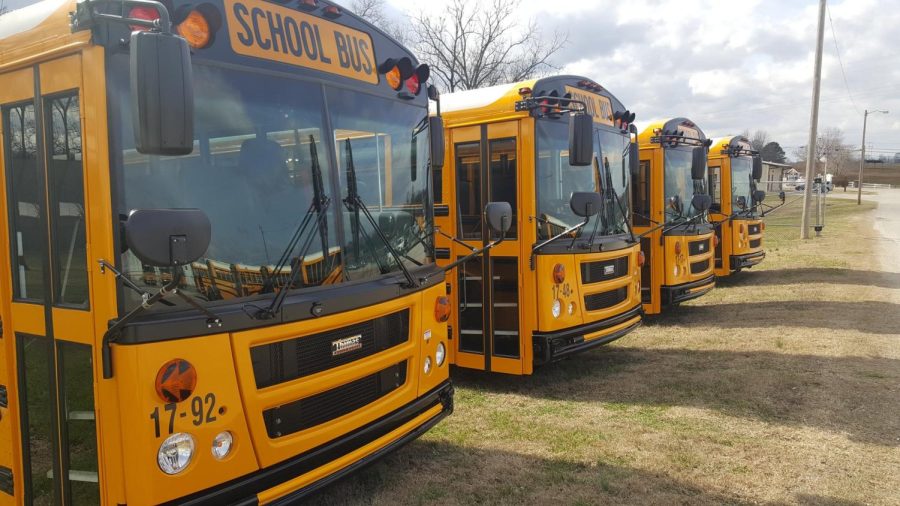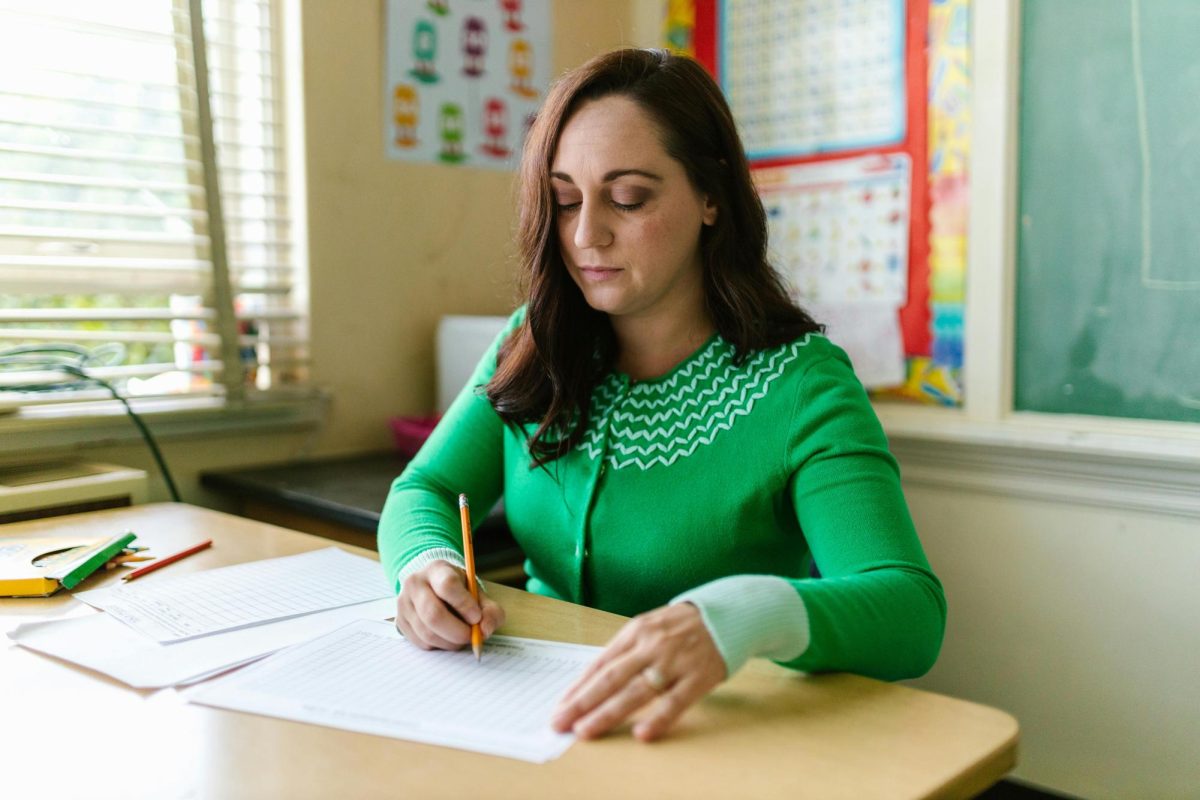*By Alana Neuman*
Paying hundreds of dollars for a state-required drivers’ education class can be difficult for many families. To ease this financial burden, drivers’ education should be incorporated into the public school curriculum as an elective option.
Under Maryland law, any teenager applying for a driver’s license must first complete a drivers’ education course. Unfortunately, these courses are only available through private companies at high costs. Two of the most popular

programs, iDrive Smart and Potomac Driving School, cost between $400 and $600. The cost covers 10 days of instruction and three hours of in-car training. If local drivers’ education programs operate in conjunction with public high schools at an affordable price, students whose families are struggling in the economic crisis will be able to take the legally required course without paying a hefty price.
As recently as 15 years ago, MCPS offered drivers’ education as a class. When MCPS offered drivers’ education, it was the semester counterpart of a health class. In the 1970’s, high schools had driving tracks and classrooms specifically for drivers’ education. County officials designed classrooms on the first floor on the other side of the health hallway for drivers’ education. MCPS employees certified to teach drivers’ education taught students the rules of the road. As the county renovated high schools, however, space became limited and plans no longer included classrooms for drivers’ education. There are only few schools throughout the country that still offer drivers’ education as an in-school course.
BOE vice president Patricia O’Neill acknowledged that offering drivers’ education as a class again would be too expensive with the current budget deficit. The county would need to pay for cars, gasoline and insurance. If the government makes drivers’ education mandatory to obtain a license, however, then the payment should come from publically allocated funds.
In Lawrence County, Kansas, drivers’ education exists as a summer course for which students receive an elective credit. The course consists of four weeks of classroom instruction and 10 days of in-car training. The county owns seven cars that are designated for drivers’ education and hires eight full-time instructors.
Integrating drivers’ education into MCPS will help to convey the course information more effectively. Current drivers’ education classes take place for four hours every day for 10 days. If it’s taught in schools, students will be able to retain the information better since it would be similar to an academic class. An instructor from Potomac Driving School said he supports incorporating drivers’ education into the curriculum of MCPS, and agrees that it would be a more effective way to teach the subject.
If drivers’ education becomes an optional elective class in all Montgomery County high schools, students would get a uniform message about dangerous driving behaviors because MCPS officials would approve the driving curriculum for all high schools. It’s hard to tell what each individual driving school is actually teaching to their students about unsafe driving practices, principal Alan Goodwin said. If merged into the curriculum of MCPS again, Montgomery County would hire employees trained by the Motor Vehicle Association to teach the class. Having the same drivers’ education curriculum throughout the county would also ensure quality driving training for all students.
If MCPS adapts the same policy for drivers’ education as that of a health class, schools could offer it over one semester. This policy wouldn’t prevent students from meeting their other graduation requirements.
Incorporating drivers’ education back into the MCPS curriculum wouldn’t only be cheaper for families but it would also help students retain the information better. The public school solution would remove the financial strain on students from needy families.













Don • Oct 8, 2009 at 8:58 am
Lots of illogic in this essay. Rather than step through each paragraph, I’ll just focus on your concluding paragraph. Sentence 1 contains two assertions (cheaper, info would be retained better) that are unsupported by the rest of your essay. Sentence 2 is true (would remove financial strong from needy families) is misleading since you’re assuming that there are only two ways to get driver education. Many of us have parents that quite capable of teaching how to drive (not so many can teach Algebra, sigh).
I’m not saying MCPS couldn’t take responsibility for drivers ed. I’m merely saying that it is not necessarily as great as you suggest. You offer no data comparing cost. No comparisons of effectiveness. I’d like to see studies that show MCPS drivers ed would be more effective than outside schools (or parents for that matter). Some of your assertions (“If taught in schools, students will be able to retain the info better since it would be similar to an academic classic”) are completely unsupported. And why does Alan Goodwin’s lack of knowledge about what outside organizations teach add anything useful to your claims?